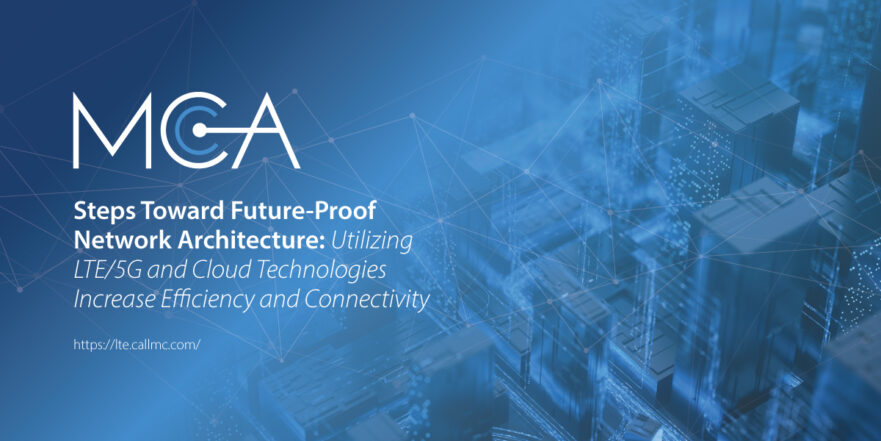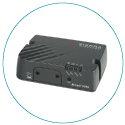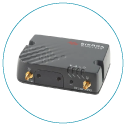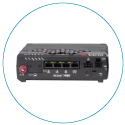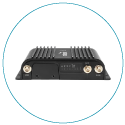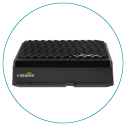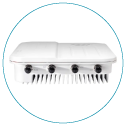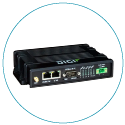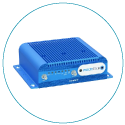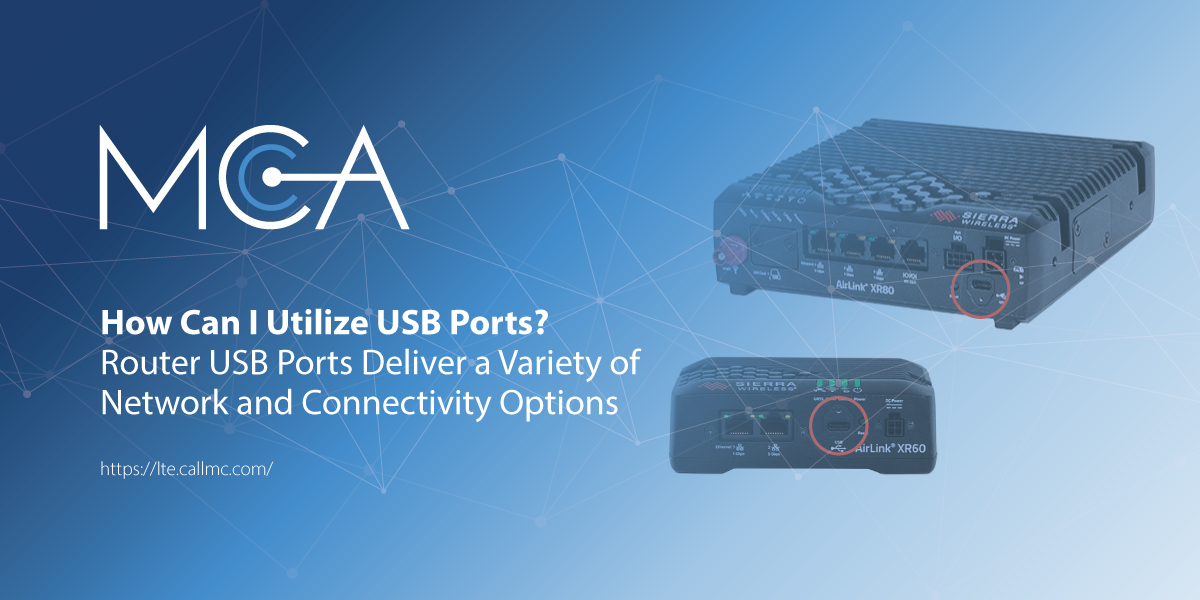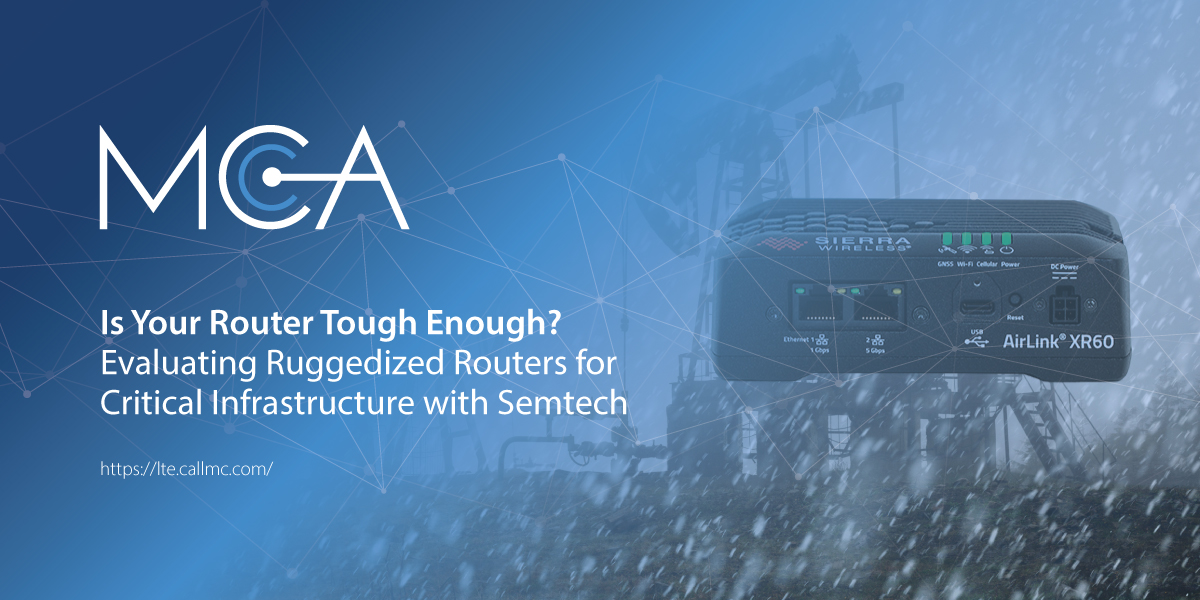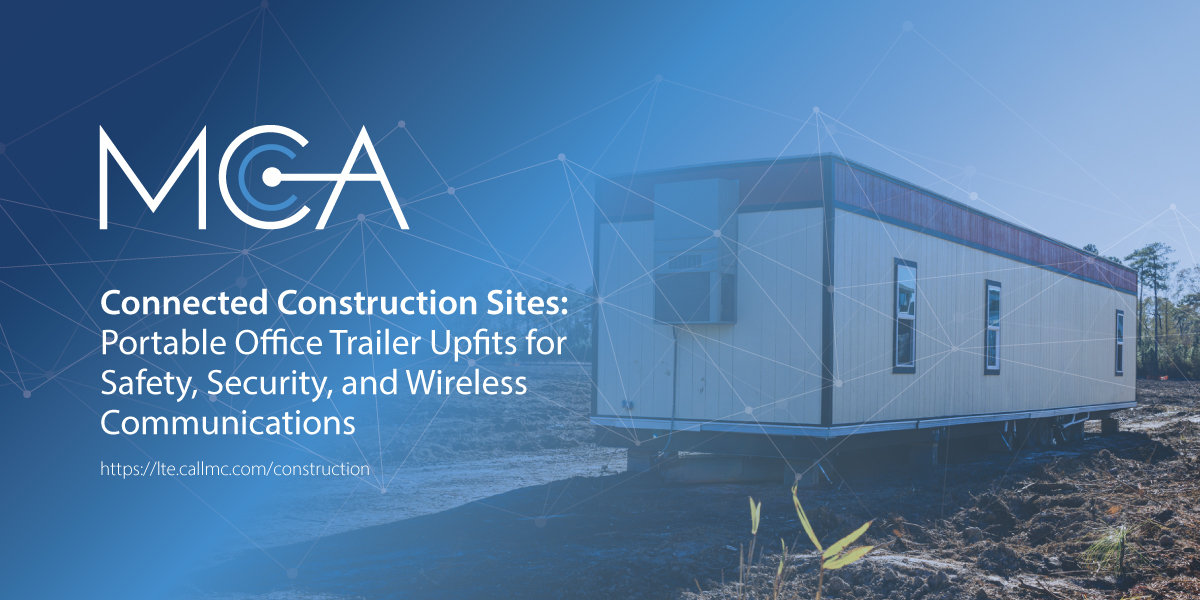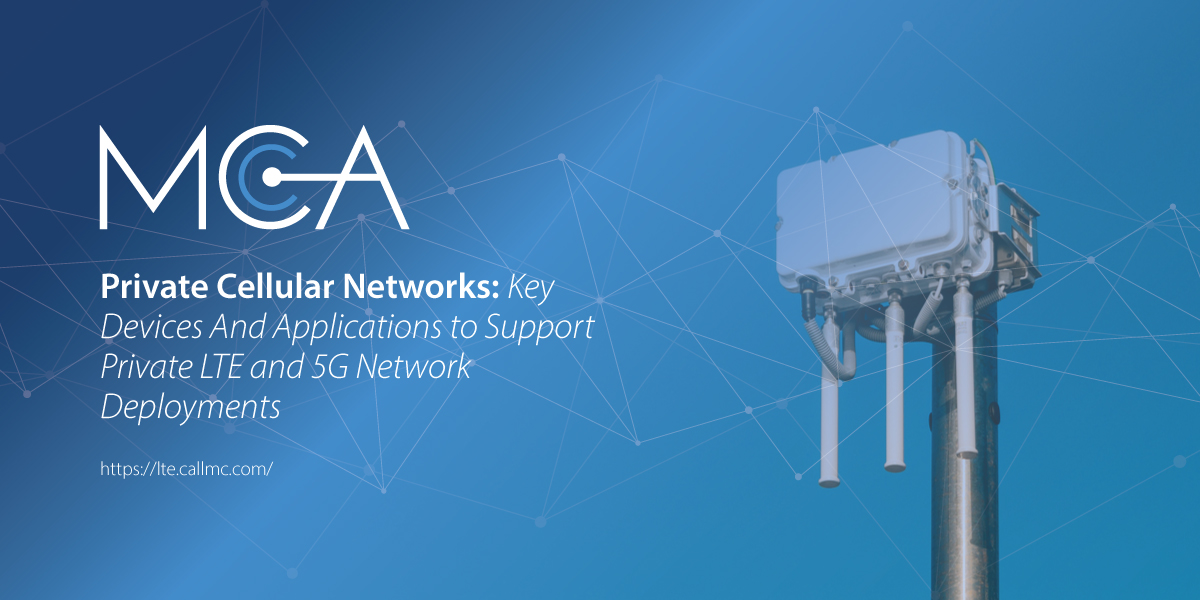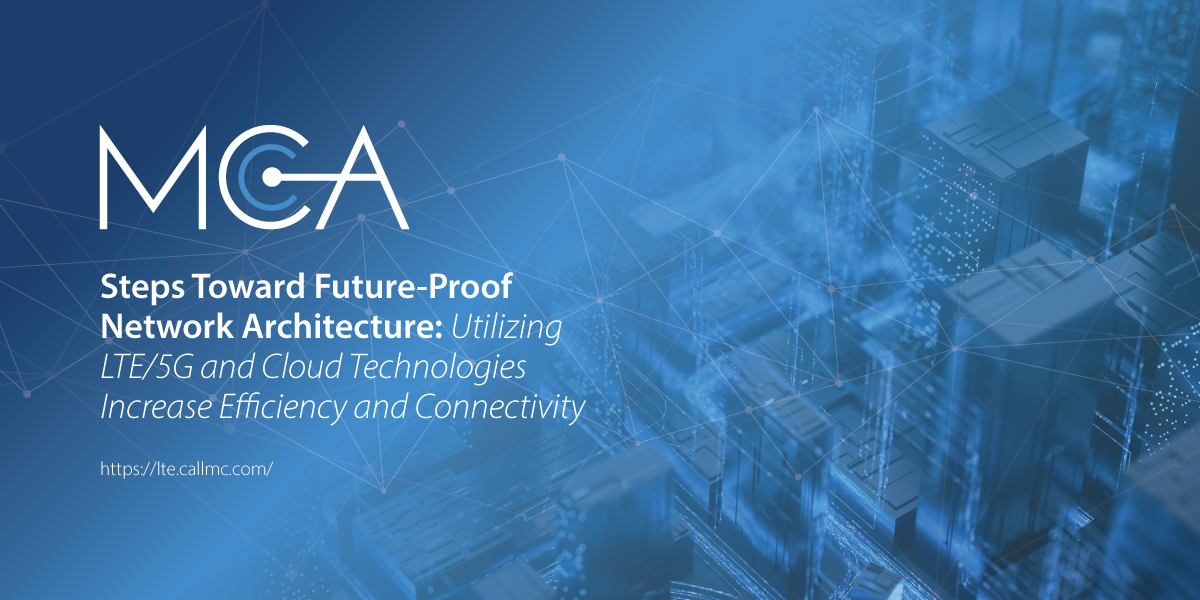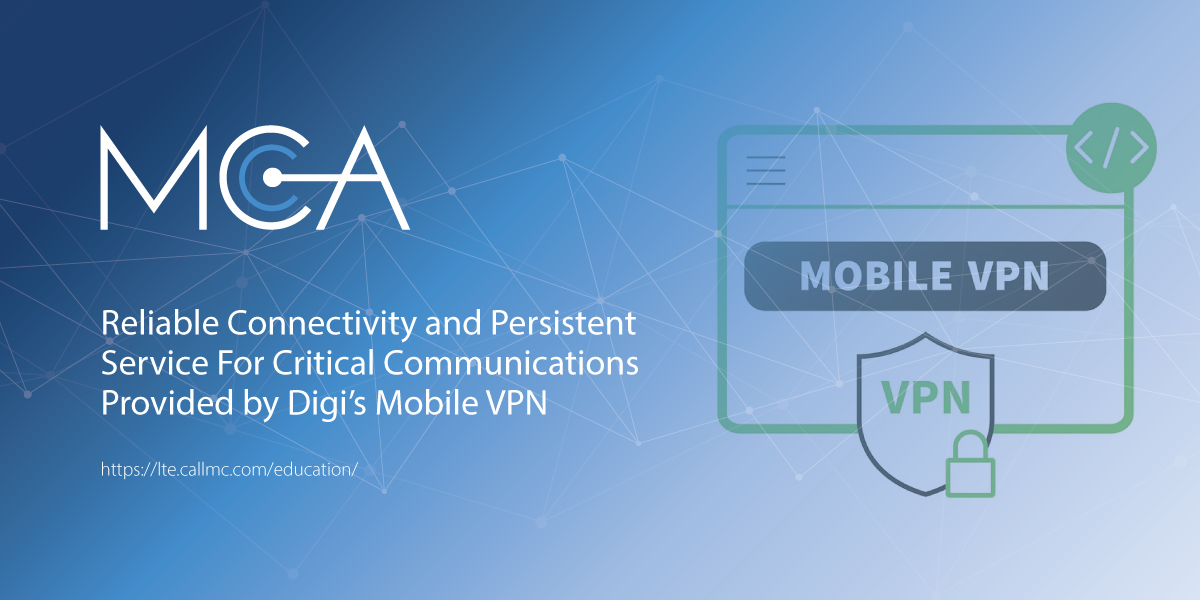Utilizing LTE/5G and Cloud Technologies Increase Efficiency and Connectivity
IT administrators are increasingly aware that the IT landscape will bear little resemblance to the present a decade from now - just as our current landscape looks dramatically different than it did ten years ago. Enterprises are compelled to adapt swiftly to ever-evolving technological advances, however, navigating the initial steps toward this transformation poses a challenge.
Striking a balance between simplicity and progress is critical for businesses with modest IT resources. The network framework should catalyze digital transformation within the organization, fostering operational efficiencies and driving revenue growth while avoiding undue strain on labor and costs.
As most organizations pivot towards cloud-based solutions, the necessity to funnel all traffic from remote sites to a central headquarters is expected to wane gradually.
How can you lay the groundwork today to fortify your company's network for the times ahead? While this question is ultimately answered with a collaboration of long-term strategies, some solutions will help optimize network architecture for seamless connectivity among individuals, locations, and devices.
Integrating Broadband and Cellular Connectivity
Instead of persisting with hefty investments in extensive hardware setups, it's time for your company to reimagine its approach to interconnecting its various organizational sites. Initiate a transition away from cumbersome hardware stacks at branch offices and remote sites by integrating broadband and cellular-as-WAN solutions. Concurrently, seek out a cloud-based router management platform.
LTE/5G technology slashes WAN expenses and delivers the mobility and reliability crucial for modern enterprises. Likewise, leveraging a cloud-based router management system ensures you can monitor, manage, and troubleshoot the network remotely with enhanced mobility.
For companies grappling with limited IT resources yet overseeing multiple locations—such as retail, healthcare, insurance, and finance—streamlining remote site management sans constant IT interventions can significantly slash operational costs. Devices configured via the cloud can seamlessly be dispatched to new branches, eliminating the need for on-site IT staff or extensive truck deployments.
IT administrators can effortlessly configure settings, deploy these configurations with minimal complexity, and streamline and automate security protocols. All routing and security aspects can be centrally managed through a unified interface.
Additionally, adopting a cloud-based management solution reduces the reliance on management and security hardware at branch and remote sites, marking the initial stride toward a fully software-defined networking (SDN) solution.

Direct Internet Traffic via Cloud Routing
Rather than funneling Internet traffic from branch locations back to the central data center for filtering and security, opt for a direct route from branch offices and remote sites to the Internet using solutions like NetCloud Engine. In this setup, Internet security measures are deployed in the cloud, ensuring the same level of protection your company demands while simplifying security management at the Network's Edge.
Once your organization has transitioned to this setup and feels confident with the revised security architecture, we propose extending this approach to route Internet traffic from headquarters through the cloud. The objectives are to acclimate to managing various cloud network services and cloud network services and transition towards a unified, comprehensive management system for all network services.
Deploy Firewalls For Enhanced Security
Firewalls have long served as the cornerstone of enterprise data protection, yet their role has evolved to align with the demands of increasingly application-specific and cloud-oriented technologies.
Cloud applications are designed for direct internet access, necessitating local routing to ensure optimal user experience. Therefore, redirecting internet traffic back to Next-Generation Firewalls (NGFWs) in corporate data centers for egress no longer aligns with modern networking principles.
Nevertheless, employing traditional security methodologies for local internet breakouts entails replicating the entire corporate security stack at each location. This approach demands deploying NGFWs or multiple security appliances across branch offices, which proves impractical due to the associated costs and complexities of deployment and management.
It's crucial to emphasize that NGFWs were never intended to adequately support cloud applications. They struggle to handle the high volume of persistent connections generated by cloud apps, and their inability to handle SSL-encrypted traffic directly presents a significant challenge, especially considering the surge in encrypted traffic over recent years.
To perform SSL inspection, NGFWs must integrate proxy capabilities for software-based SSL inspection rather than executing it at the hardware level. This implementation significantly impacts performance and degrades the user experience.
In contrast, Firewall as a Service (FWaaS) solutions excel in capabilities such as deep packet inspection and are better suited for data loss prevention due to their cloud-native architecture. Born in the cloud, FWaaS enables organizations to scale their security infrastructure in ways unattainable for NGFWs.
How FWaaS Differs from Conventional Firewalls
In contrast to traditional on-premises firewalls designed for inspecting network traffic within corporate offices, FWaaS operates through the cloud. The primary disparity lies in scalability and adaptability: while on-premises firewalls struggle to keep pace with evolving network demands and emerging threats, FWaaS, being cloud-native, excels at both. This distinction equips organizations with a more versatile tool for data security, endpoint protection, and comprehensive security inspections.
In the past, when business activities were confined to office premises, conventional firewalls adequately ensured network security. With threats predominantly targeting corporate environments where employees spent most of their time, there was little imperative to extend firewall services beyond installation sites.
However, contemporary business landscapes, including Software as a Service (SaaS), witness a surge in cloud service adoption. Coupled with the proliferation of endpoints and new threats, firewalls can no longer confine themselves to data centers. They must migrate to the cloud, ensuring scalability to safeguard resources and employees across diverse locations.
What's A Traditional Firewall?
A traditional firewall is a foundational component of network security designed to monitor and regulate incoming and outgoing traffic. Analogous to a security guard stationed at the entrance of a building, traditional firewalls oversee the flow of data, permitting or denying access based on predefined criteria.
These firewalls primarily inspect traffic at the network and transport layers, utilizing criteria such as IP addresses, port numbers, and protocols to make access decisions. While proficient at basic traffic filtering, traditional firewalls are limited in handling advanced threats, such as application-layer attacks or sophisticated malware, due to their lack of support for application-specific parameters.
What's A Next-Gen Firewall?
A next-generation firewall represents a significant advancement beyond traditional firewall capabilities by integrating enhanced protections across multiple layers within a network, as delineated by the Open Systems Interconnection (OSI) model. An NGFW surpasses its predecessor's rudimentary access control mechanisms by operating at the application level and employing intelligent, context-aware security functionalities.
Key features of NGFW include application awareness and intrusion detection and prevention systems (IDS/IPS). These components enable comprehensive packet inspection, allowing for comparison against signatures of known threats to facilitate detection and implement customizable preventive actions based on established policies. Compared to conventional firewalls, NGFWs offer heightened security measures spanning multiple layers, better equipped to combat the increasingly sophisticated array of cyber threats.

How Does FWaaS Work?
Firewall as a Service operates by providing firewall functionality directly from the cloud to devices anywhere. As an integral component of a comprehensive Secure Access Service Edge (SASE) solution, FWaaS offers protection comparable to that of NGFW systems. However, FWaaS distinguishes itself by harnessing cloud infrastructure to deliver firewall capabilities as a service, circumventing the reliance on physical firewall appliances or on-premises software, which often entail substantial costs and logistical challenges.
This approach empowers organizations to safeguard devices globally through cloud-delivered firewall capabilities, thereby preventing the need for deploying local firewalls at every location, along with the associated expenses and manpower requirements. IT administrators can centrally manage and configure firewall policies via a cloud-based management tool, streamlining the process and eliminating the complexities of maintaining distributed firewall deployments.
What Is A Hybrid Mesh Firewall?
A hybrid mesh firewall adopts a versatile approach to security by integrating and providing firewall capabilities across various form factors. These may include on-premises appliances, router-based firewalls, virtual machine and container deployments, FWaaS, service gateway firewalls, and other configurations. It’s a unified platform capable of securing distributed sites while offering on-premises protection through diverse deployment options tailored to meet enterprise needs.
The key advantage of hybrid mesh firewalls lies in their ability to facilitate the deployment of different types of firewalls across multiple locations, all managed centrally via a single dashboard. This streamlined management approach enhances operational efficiency and simplifies the administration of security policies across the entire network infrastructure.
Deploying A Hybrid Mesh Firewall
Deploying a hybrid mesh firewall solution offers a strategic approach for enterprises seeking to fortify their data centers with on-premises firewalls while extending protection to remote workers through FWaaS. Network administrators can efficiently deploy and manage all firewall instances from a unified platform by leveraging a hybrid mesh architecture, enhancing operational effectiveness.
However, it's important to note that hybrid mesh firewalls typically need interoperability across multiple vendors if supported by API integrations. Additionally, in some instances, firewalls of various form factors from the same vendor may not be manageable through a single management interface. Consequently, enterprises often find it beneficial to upgrade outdated firewalls to models that align with their hybrid solution, optimizing operations and future-proofing their network infrastructure.

The Benefits Of Using FWaaS In A Hybrid Mesh Solution
The benefits of integrating FWaaS into a hybrid mesh solution are substantial, particularly in the context of business expansion and the proliferation of remote workforces and distributed locations. FWaaS enables enterprises to seamlessly scale their security measures to protect thousands of users while maintaining the agility to adjust security policies without needing physical equipment upgrades. This not only streamlines the management of individual firewalls but also fosters a cohesive security strategy that ensures comprehensive protection across the entire organization.
Consider the scenario of a multinational enterprise with branch offices and remote workers scattered across diverse regions. Each office operates autonomously yet requires secure connections to the organization's central data center and cloud resources. Traditional hardware firewalls would necessitate the IT team to deploy and manage separate physical devices at each branch and for each remote worker, resulting in significant upfront costs, intricate configurations, and potential deployment delays for new sites.
Proxy-Based Architecture
This architectural approach dynamically examines traffic for all users, applications, devices, and locations. It inherently scrutinizes SSL/TLS traffic at scale to detect concealed malware within encrypted data. It facilitates the implementation of detailed firewall policies spanning multiple layers based on network application, cloud application, domain name (FQDN), and URL.
Cloud Intrusion Prevention System (IPS)
A cloud-hosted IPS ensures continuous threat protection and coverage, regardless of connection type or location. It analyzes all user traffic on and off the network, including challenging-to-inspect SSL traffic, to reinstate complete visibility into user activities, application usage, and internet connections.
DNS Security and Control
As the frontline defense, a cloud-based firewall prevents users from accessing malicious domains. It optimizes DNS resolution to enhance user experience and the performance of cloud-based applications, particularly critical for content delivery network (CDN)-based apps. Additionally, it offers precise controls to detect and block DNS tunneling attempts.
Visibility and Streamlined Management
A cloud-based firewall provides real-time visibility, control, and immediate policy enforcement throughout the platform. It meticulously logs each session and employs advanced analytics to correlate events, providing insights into threats and vulnerabilities across all users, applications, and locations through a unified console.
Zero Trust Readiness
In cloud security, adopting a zero trust framework stands out as a superior option. Integrating Firewall as a Service (FWaaS) within the zero trust model enables the deployment of security policies directly to user endpoints in alignment with the Secure Access Service Edge (SASE) framework—a necessity in the era of remote workforces. Moreover, zero trust reduces latency by obviating the need for network access verification.
How On-Premises Firewalls Fit Into A Hybrid Mesh Solution
On-premises firewalls play a crucial role within a hybrid mesh solution by providing essential security measures for environments where low latency or compliance with specific regulatory requirements is paramount. While many organizations increasingly adopt cloud-based solutions, the necessity for on-premises firewalls persists, particularly in data centers and sites with stringent regulatory constraints prohibiting sensitive data from traversing the cloud.
A hybrid mesh solution's beauty lies in its ability to seamlessly integrate multiple firewall form factors from various environments through a unified platform. This approach allows enterprises to deliver and manage on-premises firewalls alongside cloud-delivered counterparts from the same management platform, ensuring a cohesive security strategy. Whether an organization utilizes a mix of on-premises and cloud-based firewalls, a hybrid mesh solution enables centralized management and administration, facilitating efficient security operations across the entire network infrastructure.
About MCA and Our CNS Team
MCA is one of the largest and most trusted technology integrators in the United States, offering world-class voice, data, and security solutions that enhance the quality, safety, and productivity of customers, operations, and lives. More than 65,000 customers trust MCA to provide carefully researched solutions for a safe, secure, and more efficient workplace.
Our Cellular Networking Solutions (CNS) team (formerly known as USAT) is made up of certified experts in designing and deploying fixed and mobile wireless data connectivity solutions for public and private enterprises nationwide - complete with implementation, training, proof of concept (POC), system auditing, and on-site RF surveying services with optional engineering maintenance contracts.
Our extensive Cradlepoint catalog of world-class routers, gateways, and software designed for remote monitoring and management in even the harshest environments allows us to deliver a full suite of reliable technologies capped with a service-first approach.
Share this Post

